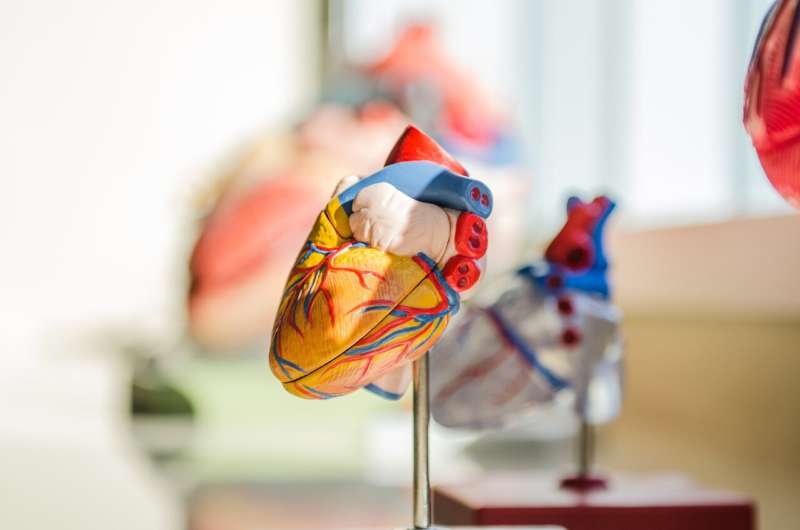Dynamic heart model mimics hemodynamic loads, advances engineered heart tissue technology

Efforts to understand cardiac disease progression and develop therapeutic tissues that can repair the human heart are just a few areas of focus for the Feinberg research group at Carnegie Mellon University. The group’s latest dynamic model, created in partnership with collaborators in the Netherlands, mimics physiologic loads on engineering heart muscle tissues, yielding an unprecedented view of how genetics and mechanical forces contribute to heart muscle function.
“Our lab has been working for a long time on engineering and building human heart muscle tissue, so we can better track how disease manifests and also, create therapeutic tissues to one day repair and replace heart damage,” explains Adam Feinberg, a professor of biomedical engineering and materials science and engineering. “One of the challenges is that we have to build these small pieces of heart muscle in a petri dish, and we’ve been doing that for many years. What we’ve realized is that these in-vitro systems do not accurately recreate the mechanical loading we see in the real heart due to blood pressure.”
Hemodynamic loads, or the preload (stretch on heart muscle during chamber filling) and afterload (when the heart muscle contracts), are important not only for healthy heart muscle function, but can also contribute to cardiac disease progression. Preload and afterload can lead to maladaptive changes in heart muscle, as is the case of hypertension, myocardial infarction, and cardiomyopathies.
In new research published in Science Translational Medicine, the group introduces a system comprised of engineered heart muscle tissue (EHT) that is attached to an elastic strip designed to mimic physiologic preloads and afterloads. This first-of-its-kind model shows that recreating exercise-like loading drives formation of more functional heart muscle that is better organized and generates more force each time it contracts. However, using cells from patients with certain types of heart disease, these same exercise-like loads can result in heart muscle dysfunction.
“One of the really important things about this work is that it’s a collaborative effort between our lab and collaborators in the Netherlands, including Cardiologist Peter van der Meer,” says Feinberg. “Peter treats patients that have genetically-linked cardiovascular disease, including a type called arrhythmogenic cardiomyopathy (ACM) that often becomes worse with exercise. We have been able to get patient-specific induced pluripotent stem cells, differentiate these into heart muscle cells, and then use these in our new EHT model to recreate ACM in a petri dish, so we can better understand it.”
Jacqueline Bliley, a biomedical engineering graduate student and co-first author of the recently published paper, adds, “The collaborative nature of this work is so important, to be able to ensure reproducibility of the research and compare findings across the world.”
Looking to the future, the collaborators aim to use their model and findings to study a wide range of other heart diseases with genetic mutations, develop new therapeutic treatments and test drugs to gauge their effectiveness.
Source: Read Full Article
